A FORM FINDING EXPLORATION
Fluctuations in design; the variations, changes, or deviations that contribute to the form-finding process. This research lies in unfolding the possibilities of parametric design driven by the use of jitter and random components in Grasshopper. These tools are used to generate variations and introduce randomness into the design. Let’s explore how these concepts are applied in Grasshopper.
JITTER: an element of randomness is introduced to the placement and distribution of points or objects. Jitter is used often to distribute points across a surface. It is a tool of variations, that takes away the perfection and grid like behaviour of a script in Grasshopper that allows a natural distribution to allow organic forms. Jitter is also used in data visualisation, to prevent an overlap of data points.
RANDOM: to generate random numbers and values within a specific range. Random values are used to vary parameters such as size, rotation, colour etc. it may also be used to create patterns and distributions to introduce random values for complexity and visual interest.
ATTRACTOR POINTS: commonly used to influence the form or distribution of elements within a design. These points act as attractors, exerting a force that can modify the position, size, or other parameters of nearby elements.
BARNACLES
exploring data trees

Barnacles are crustaceans that secrete calcium to encase their fragile inner organs. These cone-like structures are formed by 6 calcium plates that form a circle that open from time to time to absorb water and plankton from their surroundings. These organisms form deposits over any surface that is exposed to a level of moisture. This scripts begins with a base surface that is then divided further. Lunchbox panels are then used to shape the outer rims of the barnacle surface. Initially, the two curves from the inner and outer surfaces are lofted equidistantly.


To create a more organic, life-like form, the loft distances of the outer curves were randomized. The opening and closing of the calcareous plates can be seen in the two images below.


THE PARKOUR PAVILION
creating ruled surfaces, manipulating parameters, conditional statements
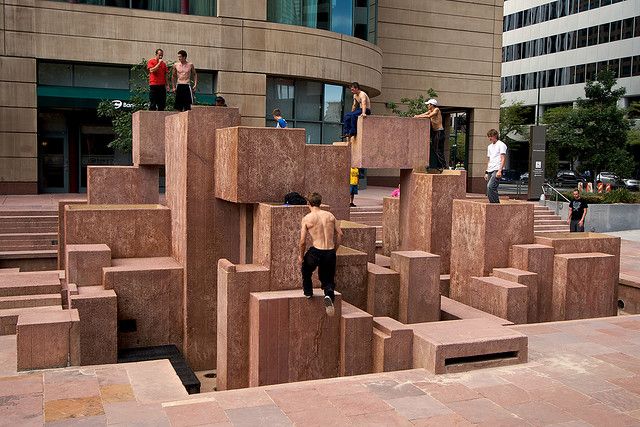
Parkour is an athletic training discipline or sport in which practitioners attempt to get from point to point in the fastest and most efficient way possible, without assisting equipment and often while performing flips. It requires a series of undulated steps of varying heights so that users can jump through to reach their final destination.

Creating a cosine curve that runs along the z axis to set L1. Setting up a point, dotting it across a desirable line to create L2 of the ruled surface. Constructing a ruled surface from L1 and L2, dividing the surface to extract points that can then be further manipulated into becoming push – pull points for the surface. Using the perpendicular planes of the divided surface to then create extruded boxes. Once the boxes are extruded, cull pattern is then used to remove the repeated elements and give us a final surface.
The next iterations alter the script from sine to cosine curves and further randomize the Z axis components to test outcomes.
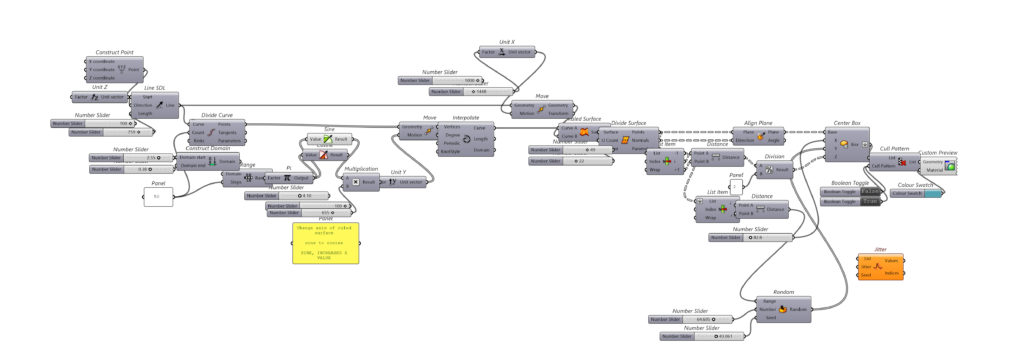
STALACTITES AND STALAGMITES
creating cave interiors using attractor points
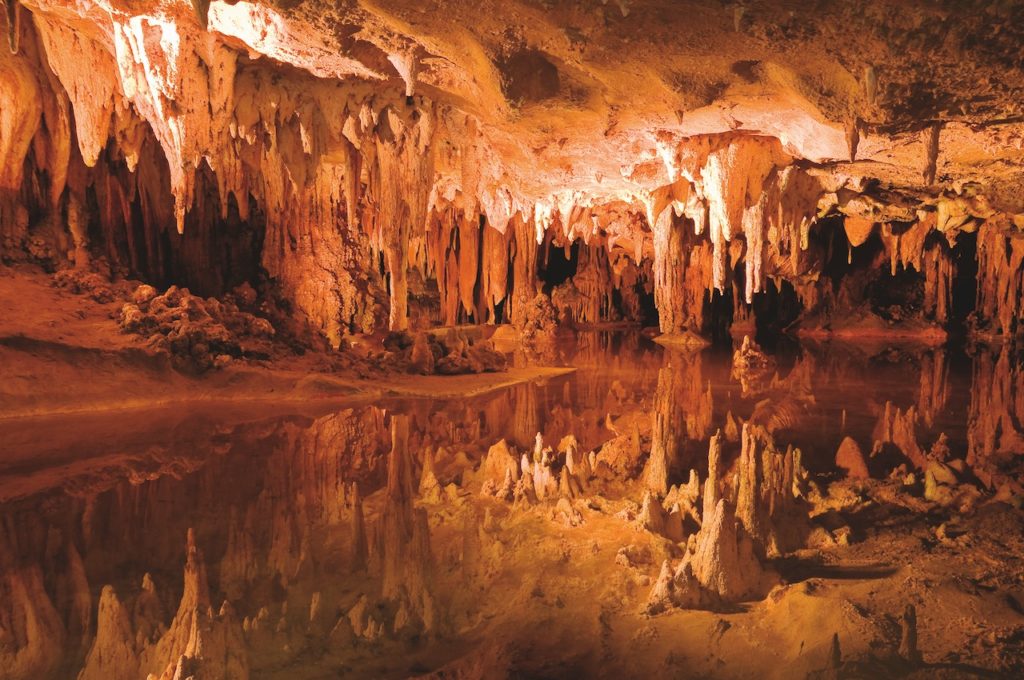
The caves of Oman are filled with a dense formation of stalactites and stalagmites within its interiors. This design exploration recreates these formations within a cube to create a similar experience. Using Voronoi, populate3D and attractor points, an inner path is defined and used to cull the cube to create rocky formations.
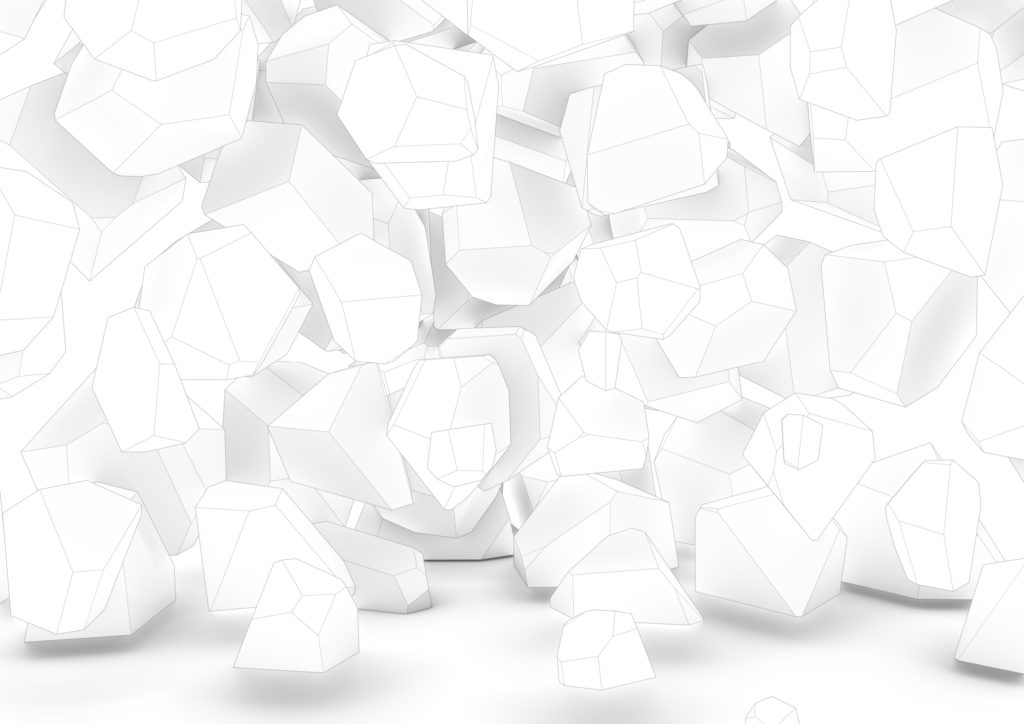


THE TWISTED CACTUS
cereus forbesii spiralis
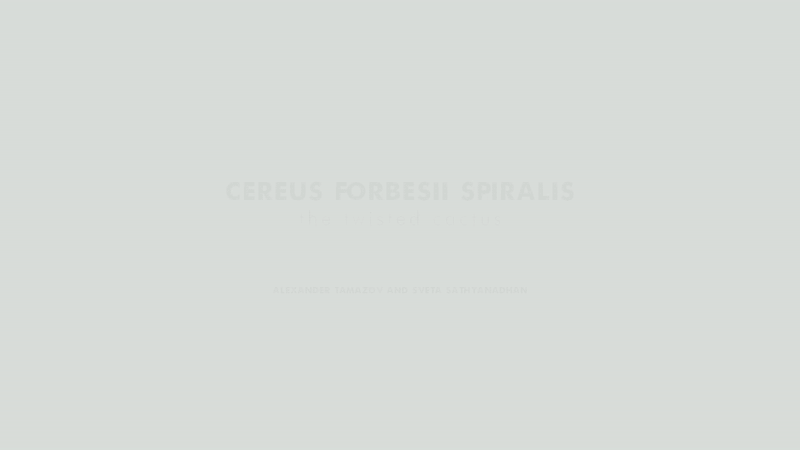
Cereus Forbesii Spiralis, The Twisted Cactus is an exploration based on external elements that protrude at randomized offset distances from the central spine. Weaverbird meshes are used to create spikes at offset points. This project was envisioned in collaboration with Alexander Tamazov. His background in animation made this project even more enriching as we learned multiple techniques from each other.


